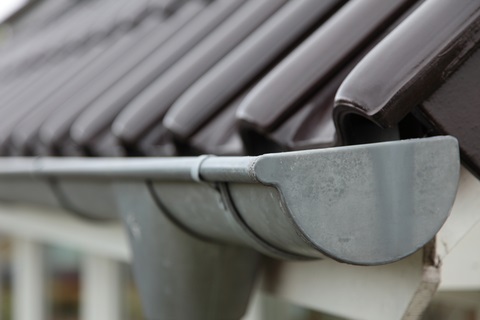If you’re calling a plumber, you probably imagine them snaking your tub drain or fixing a running toilet. But did you know that plumbers often times need to head to the roof?
Plumbers are often called to fix unique problems that must be accessed via your roof. Here are just a few cases when they would need to do such a thing, so you’re informed next time your plumber asks for roof access.
Plumbing vent maintenance
According to the plumbing service, IFixPipe, the most common reason a plumber will climb on your roof is for plumbing vent maintenance. Most houses have a plumbing vent that’s designed to remove toxic and smelly gases from your home.
If such gases linger, you’d breathe in methane and other sewer gases that can make you sick. The gases build up pressure within your pipes if they’re not allowed to flow freely outside. Eventually, the gases burst your pipes, rendering your plumbing useless.
The plumbing vent pipes run throughout your home, and your plumber may need to access the pipes to fix a problem with the vent. If a plumber must go on the roof to fix the problem, it’s most likely a problem with the vent stack.
Most of the time, your plumbing vent works just fine and does not need maintenance. It’s a very simple system that requires very little attention. However, they can become clogged by:
Bird nests: If you don’t have a cap on your vent, small birds may climb inside the stack and build a nest. The nest would cover the entire opening, preventing proper release of gases.
Nature debris: Dirt, leaves, sticks, and other elements of nature can also clog your plumbing vents. This is most common if you have a tree that overhangs your roof. During the fall, leaves and sticks can fall into the stack. Snow and ice can also build up on your roof and clog the vent.
Dead animals: Small animals may climb into your vent, get stuck, and die in the small tube. They’ll not only block the pipe, but their carcass will create a very unpleasant smell.
Random objects: Although uncommon, construction material might get caught in your pipe during a roofing project. Something small, such as a ball, thrown over the roof might land in the vent pipe as well.
Signs your plumbing vent needs maintenance
Determining when your plumbing vent needs maintenance is not as simple as recognizing other plumbing needs. There’s no water overflowing in your toilet, after all. However, there are a few signs that you might need to have a plumber come make repairs. They include:
Sulfur smell: Sulfur, or hydrogen sulfide, has the iconic smell of rotten eggs. It’s one of the most unpleasant smells, especially when it’s trapped in the four walls of your home. If you’ve ruled out spoiled food, your dog, your trash, and other obvious reasons, and the smell continues to linger, consider having a plumber inspect your vent stack.
It’s very important to take care of this problem quickly. Too much exposure to hydrogen sulfide can cause respiratory problems because the gas replaces the oxygen in your home. It can also cause nausea, headaches, dizziness, and emotional distress.
Animals in the toilet: Finding a mouse, snake, or other animal in your toilet bowl seems like the stuff of nightmares, but it happens. Thankfully, it’s an uncommon occurrence that typically occurs because they fell down your vent stack.
You may need a new cap or filter to prevent future animal entry. This may not be the real problem, however. Sometimes critters can get into your toilet through cracked pipes or a damaged drain system.
Interior gugling sounds: What’s that gurgling sound coming from behind your drywall? It’s not normal, and it probably means that there’s a vacuum in your plumbing system caused by improper gas ventilation. This is not good, as it can create pressure buildup that can burst pipes.
Consider having your vent stack inspected regularly to avoid some of these more drastic issues. Simple maintenance year to year could prevent any of these problems.

